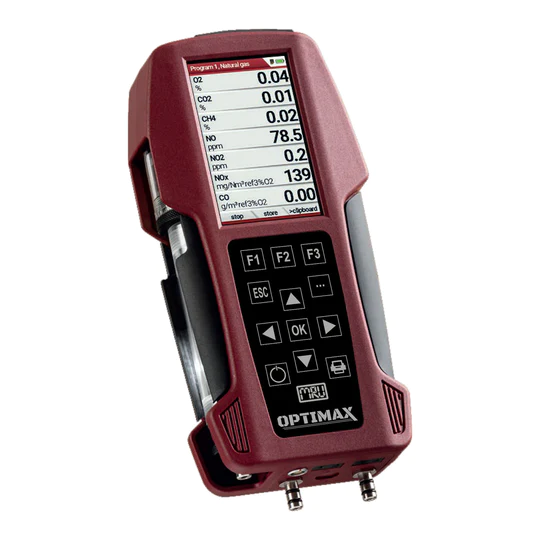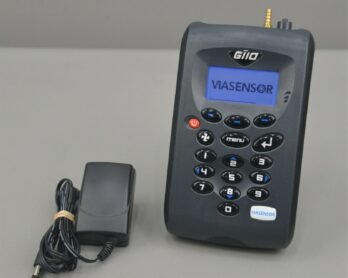Environmental monitoring plays a vital role in assessing and safeguarding the quality of our surroundings. MRU gas analyzers have emerged as powerful tools in this domain, offering accurate and reliable measurements of gases that impact the environment. This article explores the applications of MRU gas analyzers in environmental monitoring, their key features, and their contribution to ensuring a healthier and safer environment.
Air Quality Monitoring
MRU gas analyzers are extensively used for monitoring air quality, helping to assess and address potential risks:
- Particulate matter (PM) measurements: MRU gas analyzers can measure particulate matter of different sizes, providing insights into air pollution levels and their potential health impacts.
- Gas emissions monitoring: These analyzers are capable of detecting and quantifying various gases, such as carbon monoxide (CO), nitrogen oxides (NOx), sulfur dioxide (SO2), and volatile organic compounds (VOCs), aiding in the identification of pollution sources and the implementation of appropriate control measures.
- Compliance with regulations: MRU gas analyzers assist in ensuring compliance with environmental regulations by providing accurate and reliable data on air pollutant concentrations.
Industrial Emissions Control
MRU gas analyzers are instrumental in monitoring and controlling emissions from industrial processes:
- Stack gas emissions monitoring: These analyzers are used to measure emissions from industrial stacks, helping companies assess their compliance with emission standards and identify areas for improvement.
- Combustion efficiency optimization: MRU gas analyzers aid in optimizing combustion processes by providing real-time measurements of oxygen (O2) and carbon dioxide (CO2) levels, enabling operators to adjust fuel-air ratios and enhance energy efficiency while reducing emissions.
- Continuous monitoring: By providing continuous monitoring capabilities, MRU gas analyzers ensure that emissions are kept within acceptable limits, minimizing the impact on the environment and public health.
Environmental Remediation
MRU gas analyzers are valuable tools in environmental remediation efforts:
- Soil and groundwater analysis: These analyzers can be used to detect and measure volatile organic compounds (VOCs) and other contaminants in soil and groundwater, assisting in assessing the extent of pollution and guiding remediation strategies.
- Indoor air quality assessment: MRU gas analyzers aid in evaluating indoor air quality in buildings and homes, identifying potential sources of contamination, and facilitating remediation actions to ensure a healthy living environment.
- Site assessment and monitoring: By continuously monitoring gas concentrations at contaminated sites, MRU gas analyzers help in tracking the progress of remediation activities and verifying the effectiveness of cleanup efforts.
Research and Environmental Studies
MRU gas analyzers find widespread applications in research and environmental studies:
- Climate change research: These analyzers assist in measuring greenhouse gases, such as carbon dioxide (CO2) and methane (CH4), aiding scientists in studying climate change trends and understanding the impact of human activities on the environment.
- Ecosystem monitoring: MRU gas analyzers are utilized in assessing the impact of pollution on ecosystems, including the detection of acid rain, ozone depletion, and other ecological stressors.
- Wildlife conservation: These analyzers help researchers study the effects of environmental pollutants on wildlife and their habitats, facilitating the development of conservation strategies.
Key Features of MRU Gas Analyzers
MRU gas analyzers offer several features that contribute to their effectiveness in environmental monitoring:
- High accuracy and reliability: These analyzers provide precise and reliable measurements, ensuring the integrity of environmental data.
- Robust construction: MRU gas analyzers are built to withstand harsh environmental conditions, making them suitable for use in outdoor monitoring applications.
- Data logging and analysis: These analyzers often include data logging capabilities, allowing for the storage and analysis of long-term environmental data.
- Connectivity and remote monitoring: Some MRU gas analyzers offer connectivity options, enabling remote monitoring and real-time data access.














